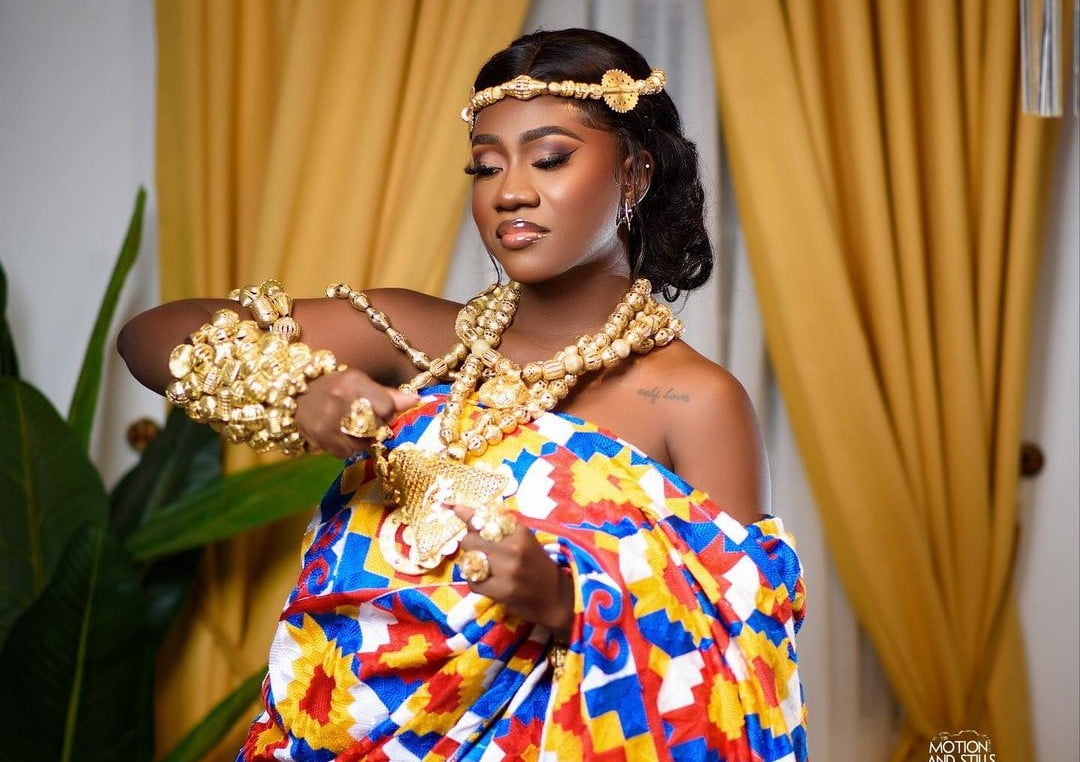© Hinkro Kente 2025. All right reserved. Terms and Privacy.
Built and managed by Nusite IT Consulting Limited

Kente cloth, with its vibrant colors and intricate patterns, is a quintessential representation of Ghanaian culture. Renowned for its beauty and significance, Kente is more than just a fabric—it’s a symbol of identity, heritage, and pride. Whether you’re new to Kente or looking to deepen your understanding, here are seven things all you need to know about this extraordinary textile.
1. Origins and History
Kente originates from the Ashanti Kingdom in Ghana, West Africa. The art of Kente weaving dates back to the 17th century. According to legend, two Ashanti men learned the craft by observing a spider weaving its web. This story underscores the intricate and skillful nature of Kente weaving. Traditionally, Kente was reserved for royalty and special occasions, but today, it is worn by people from all walks of life.
2. Symbolism and Meaning
Each Kente cloth pattern is imbued with meaning, reflecting the values and beliefs of the Ashanti people. Colors and patterns are not chosen at random; they carry specific messages. For instance, black symbolizes maturation and spiritual energy, while gold represents wealth and royalty. The patterns often narrate proverbs, historical events, and moral values. Wearing Kente is akin to wearing a piece of history and a statement of cultural pride.
3. Weaving Techniques
Kente weaving is a meticulous and labor-intensive process. The weavers, predominantly men, use wooden looms to create long strips of fabric, which are then sewn together to form a larger piece. Each strip can take days or even weeks to complete, depending on the complexity of the pattern. The weavers use a combination of cotton and silk threads, and the intricate patterns are achieved by skillfully interlacing the threads in specific sequences.
4. Varieties of Kente
There are different types of Kente, each with unique patterns and color combinations. Some of the most well-known include:
- Adweneasa: Known as “my skill is exhausted,” this pattern is among the most complex and signifies creativity and intelligence.
- Sika Futoro: Meaning “gold dust,” this pattern symbolizes wealth and prosperity.
- Oyokoman: Named after the Oyoko clan, it represents power and authority.
Each variety serves different purposes and is selected based on the occasion and the message the wearer wishes to convey.
5. Modern Uses and Adaptations
While Kente remains a significant traditional garment, it has also found a place in modern fashion and accessories. Designers incorporate Kente patterns into contemporary clothing, bags, shoes, and even home décor. This fusion of tradition and modernity has helped preserve the art form and introduced it to a global audience. Celebrities and fashion enthusiasts around the world proudly wear Kente, further cementing its status as a cultural icon.
6. Cultural Significance
Kente is more than just a piece of cloth; it is a powerful cultural symbol. It is worn during important life events such as weddings, graduations, and traditional ceremonies. The fabric serves as a visual representation of one’s heritage and social status. During Ghanaian festivals, you will see people adorned in colorful Kente, celebrating their history and traditions. It also serves as a bridge between generations, passing down stories and values through its patterns.
7. Preservation and Promotion
Efforts to preserve and promote Kente weaving are crucial to maintaining its cultural significance. Organizations and foundations, such as the Kente Weavers Association, work tirelessly to support the artisans and keep the tradition alive. Educational programs and workshops are organized to teach the younger generation the art of Kente weaving, ensuring that this cultural treasure is not lost. Additionally, initiatives to market Kente internationally have helped increase awareness and appreciation of this beautiful fabric.
Conclusion
Kente cloth is a vibrant and intricate tapestry of Ghanaian heritage. From its rich history and profound symbolism to its modern adaptations, Kente continues to captivate and inspire. Understanding these seven key aspects of Kente not only enhances your appreciation of the fabric but also deepens your connection to a rich cultural legacy. Whether worn as a fashion statement or treasured as a cultural artifact, Kente remains a timeless symbol of identity, pride, and tradition.
-
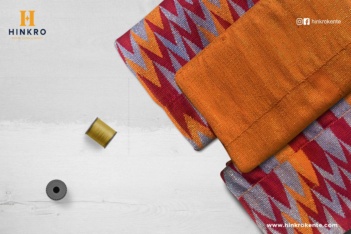 Orange Kente with Burgundy and Grey$170.00
Orange Kente with Burgundy and Grey$170.00 -
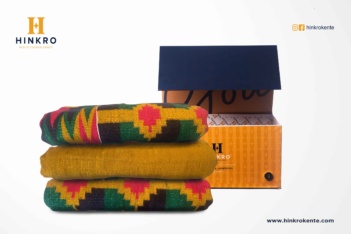 Gold, Green, Navy Blue Kente$220.00
Gold, Green, Navy Blue Kente$220.00 -
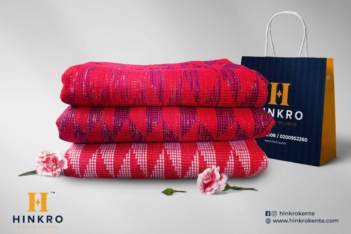 Hot Pink Ombre Kente – Aprx 6yards$190.00
Hot Pink Ombre Kente – Aprx 6yards$190.00 -
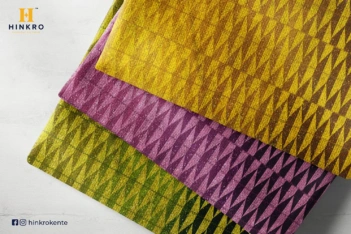 Green, Gold, and Purple Ombre kente$320.00
Green, Gold, and Purple Ombre kente$320.00 -
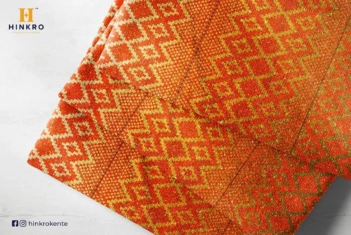 Orange To Gold Transition Ombre kente$147.00
Orange To Gold Transition Ombre kente$147.00 -
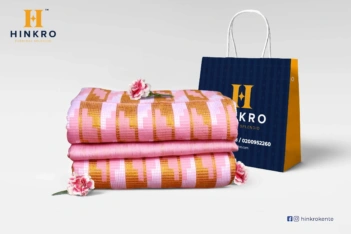 Pink and Gold with Plain Pink Silver shimmering KentePrice range: $150.00 through $180.00
Pink and Gold with Plain Pink Silver shimmering KentePrice range: $150.00 through $180.00 -
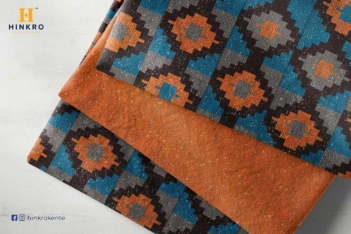 Orange and Blue with Plain Orange ShimmeringPrice range: $175.00 through $195.00
Orange and Blue with Plain Orange ShimmeringPrice range: $175.00 through $195.00 -
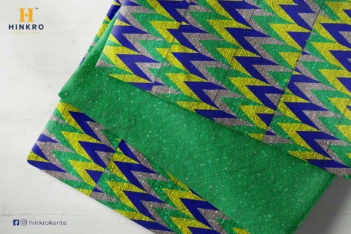 Lemon green, Yellow, Blue and Ash with silver shimmeringPrice range: $165.00 through $185.00
Lemon green, Yellow, Blue and Ash with silver shimmeringPrice range: $165.00 through $185.00 -
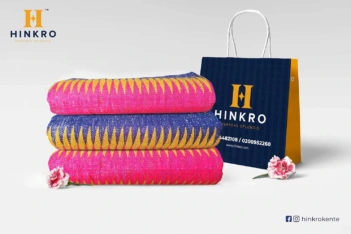 Pink, Yellow and Dark Blue with silver shimmering kente$255.00
Pink, Yellow and Dark Blue with silver shimmering kente$255.00

